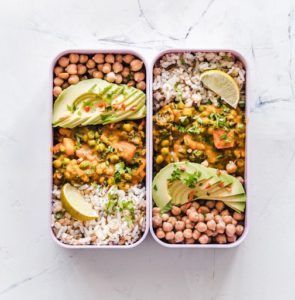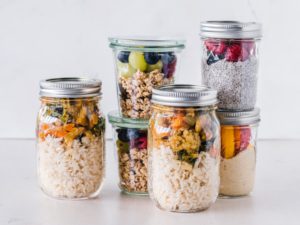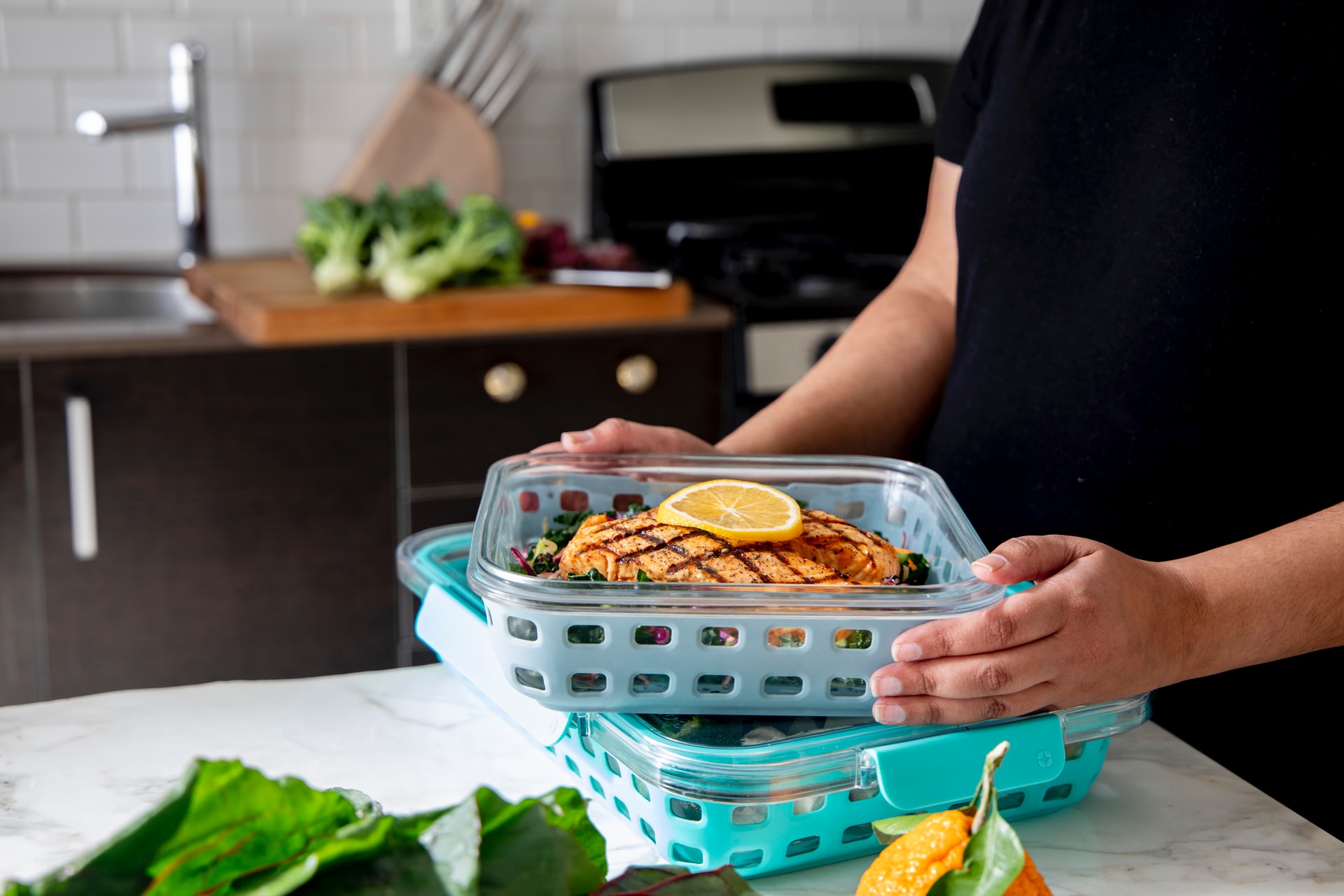Meal prepping can significantly reduce the time you spend preparing food over a week, and it can help you develop some healthy eating habits. People who prep food know that they are much more organized, they never miss a meal, they save money and they stay committed to their diet. Anyone can do meal prep, and there are several ways to do it.
Meal Prepping: What Are the Benefits?
By preparing home-cooked food ahead of time, you can save time and money. Meal planning often involves shopping and cooking on the weekend, which may be more convenient than trying to fit it into a busy weekday. Moreover, by preparing your meals in advance, you can also eat healthier and avoid skipping meals. Once you’ve had a healthy dinner at home, you’re less likely to pick a less healthy option.

Is There a Downside to Meal Prepping?
Meal prepping can mean eating the same food over and over again, so it isn’t for people who prefer to make their diet diverse. You can face another challenge when trying to convince children to eat “leftovers,” especially when you have to accommodate differing palates or dietary restrictions. You can spice up your meals by using different spices, dressings, or ingredients. In addition, you can freeze your prepped food for a future dinner.
What Is the Best Way to Start Meal Prepping?
To keep your prepared ingredients or meals fresh for longer and taste better, you should invest in reusable, airtight food storage containers that keep bacteria and odors at bay. Once you’ve acquired your meal-prepping gear, you might want to check out a meal prep app that will help you stay organized and streamline the task of grocery shopping and meal-preparing by providing you with curated recipes and shopping lists. Moreover, you can decide on what kind of diet you want to follow, and some of the choices are KETO, low-carb, high-fiber, high-protein, plant-based, and so on.
Best Type of Food for Meal Prepping

Meal prep just requires food that will hold up in storage and still taste tasty after a few days in the refrigerator. As a basis for meal prep, roasted vegetables, meat, soups, sauces, nuts, and chunky raw vegetables are excellent choices. Still, meal prepping isn’t possible for all meals. You should avoid prepping meals with soft vegetables, cut fruit, and crunchy foods like crackers since they will only get softer in the refrigerator, making them unusable for your prep meals.
Think about how you’ll reheat food if you’re new to meal prep. Are you restricted to using a microwave at mealtime, or you can use a stove as well? If possible, choose recipes you can enjoy cold or gently heat so that fats and proteins are not damaged. Consider if the ingredients will withstand a more aggressive reheat before adding them to your prepared meal.
Choosing your favorite leftover meals you enjoy which are easy to prepare is the most important rule to meal prepping. Once you have a basic set of recipes and food pairings, you can experiment with new ones. Don’t be afraid of simple things at first so you won’t waste food.

